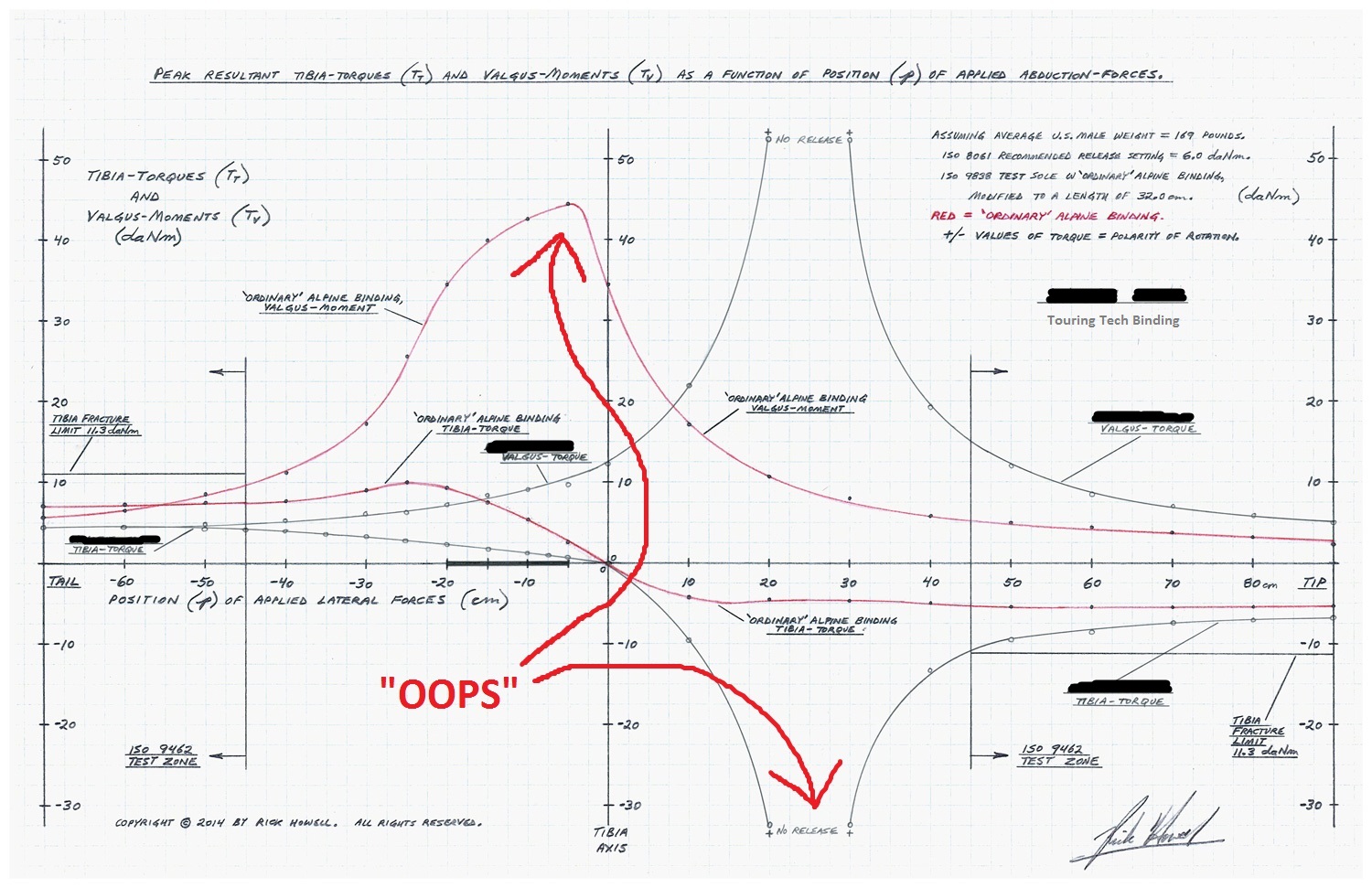Given the likely explosion of the backcountry market, I think this deserves it's own thread.
This discussion was started here-

 www.pugski.com
www.pugski.com
Thanks to Cody Townshend for bring this to the forefront in the blister interview here-

 blisterreview.com
blisterreview.com
“They’re f#$@ing dangerous”.
Extensive info here-

Dave Dodge and Bill Doble explain the physics here-

 dodgeskiboots.com
dodgeskiboots.com
I'm pretty sure this comes from Rick Howell- The ski industry learned in the 70's that toe release is absolutely necessary to prevent spiral tib-fib fractures.
Somewhere Rick has also posted that the tib-fib fractures occurring with tech bindings without toe release are often more serious(not clean) and often involve the tibia plateau.
This discussion was started here-

Alpine-Touring hybrid setup
I have no experience in backcountry/touring skiing, but as an expert experienced alpine skier, I am intrigued by the range of hybrid bindings to expand my horizons beyond the downhill options at the resort. I am based in UK, so I don't have local mountains to drive and hike to - this exercise...
 www.pugski.com
www.pugski.com
Thanks to Cody Townshend for bring this to the forefront in the blister interview here-

Cody Townsend on Coffee Makers, Bindings, & Beacons (Ep.119) | Blister
BLISTER | GEAR:30, Podcasts | October 23, 2020 | The most honest & in-depth reviews of outdoor gear
“They’re f#$@ing dangerous”.
Extensive info here-

Ripping Ligaments & Snapping Bones - Tech Binding Release Testing - The Backcountry Ski Touring Blog
Alpine touring 'tech' ski bindings, carefully tested and compared to alpine binding safety release including knee and bone injuries for backcountry skiers.
www.wildsnow.com
Dave Dodge and Bill Doble explain the physics here-

Chairlift Chats: How Safe Are Alpine Touring Bindings?
I'm pretty sure this comes from Rick Howell- The ski industry learned in the 70's that toe release is absolutely necessary to prevent spiral tib-fib fractures.
Somewhere Rick has also posted that the tib-fib fractures occurring with tech bindings without toe release are often more serious(not clean) and often involve the tibia plateau.
Last edited:
